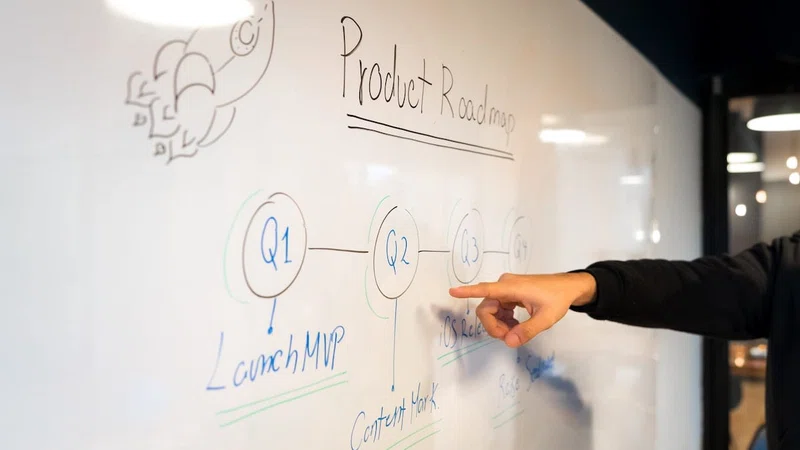The UK has recently seen an encouraging improvement to retail footfall, with customers more inclined to visit shopping destinations in person, according to the British Retail Consortium.
But even as in-store footfall continues to gradually return to pre-pandemic levels, consumer confidence has become a growing concern for retailers. With increased inflation and higher energy prices, the cost of living is starting to impact the retail market as April 2022 saw consumer confidence at its lowest levels since the 2008 financial crisis.
In this landscape, it’s clear that retailers will need to work extra hard to retain customers and sustain engagement. And with global eCommerce payment transactions anticipated to exceed $7.5 trillion globally by 2026, up from $4.9 trillion in 2021 – a growth rate of 55% – the in-store retail model has steep competition to bring in shoppers.
Here, the goal will be to remove pain points related to in-person shopping. And one of the biggest ones is the current payment process, with 80% of shoppers calling on retailers to invest in technology such as frictionless payments.
Consumers want to avoid queues and lengthy checkout processes – be it purchasing, returns or simple enquiries. Flexible, efficient in-store checkout supported by technology is one effective way to reduce friction for in-store customer experience. Here’s how:
Re-invent checkout to re-ignite the in-store experience
As the expectation for impeccable customer service continues to grow, digitising in-store checkout processes is crucial for brick-and-mortar stores to rival their online competitors and employ an in-store strategy that comes without pain points.
So far, supermarkets have led the way when it comes to in-store point-of-sale (POS) technology (the time and place where a retail transaction is completed e.g., through a hand-held device on the shop floor). And advancements in checkout options have only heightened consumer demands for efficient processes across other retail sectors – from fashion to homeware stores.
Consumers no longer want to queue, with 73% of surveyed consumers reporting that waiting in the checkout line is their least favourite part of shopping in-store. Instead, shoppers want to be able to purchase goods immediately – mirroring the experience they receive online, but with all the benefits of buying in-store, from not having to wait for an order to arrive or paying for delivery.
POS technology is a vital investment for retailers looking to provide a quick and easy option for shoppers, but the choice isn’t just beneficial for customers – it’s also advantageous for retailers.
An elevated customer experience is a bonus for retailers
Fashion, homeware and speciality stores – especially those with a high volume of transactions – make the ideal candidate to introduce technology which supports self-checkout. When compared to tills, independent checkout options (such as paying through an iPhone or smartwatch) can increase the number of transactions while saving in-store space with smaller footprint than traditional tills.
Self-checkout options provide an efficient option for consumers who are more inclined to complete a purchase independently. And, as a result, employee time is freed from manual processes to enable more focus on the shop floor, supporting shoppers and replenishing stock.
Self-checkout options may require retailers to seek third-party technology partners, but using their expertise to ensure the roll-out is as smooth as possible means a quick transition for retailers looking to capitalise on digitised, in-store options.
But, while in-store POS is advantageous, human interaction is still a must
While frictionless POS technology has its place in driving success, there has been a shift in the market to re-introducing till operators as, all too often, the technology isn’t supported by employees who can assist customers when problems occur. It’s not that customers are against automation, but that there is a feeling that it’s being used to remove human interaction, which compromises in-store experiences and leads to petitions to ‘stop the replacement of people by machines’.
My advice to retailers would be to find a balance between self-checkouts and manned tills – giving customers a choice. And, if they choose to opt for a self-checkout option, make sure that staff are still around to offer a seamless customer experience, as after all, it’s people who build brands.
The future of the retail industry
Online shopping continues to drive retail sales as consumers across the world adapted to its convenience during the pandemic. The online marketplace is expanding, and eCommerce sites have mastered the peak-end rule whereby the end moments of an event – whether positive or negative – heavily impact how an individual remembers their experience.
Frictionless, online checkout processes and sleek returns systems leave today’s consumers satisfied with the end experience of their purchase, meaning they are more likely to return to buy again or recommend their retailer to others.
But the competition between online and in-store experience isn’t over yet. After two years of life online, technology is creating an eCommerce experience in-store – from pay-as-you-go to self-checkout options. Over the coming months, we can expect to see major retailers roll-out ‘scan and go’ payment options, revitalising the in-store experience for consumers who want more, not less, now that restrictions have lifted.












